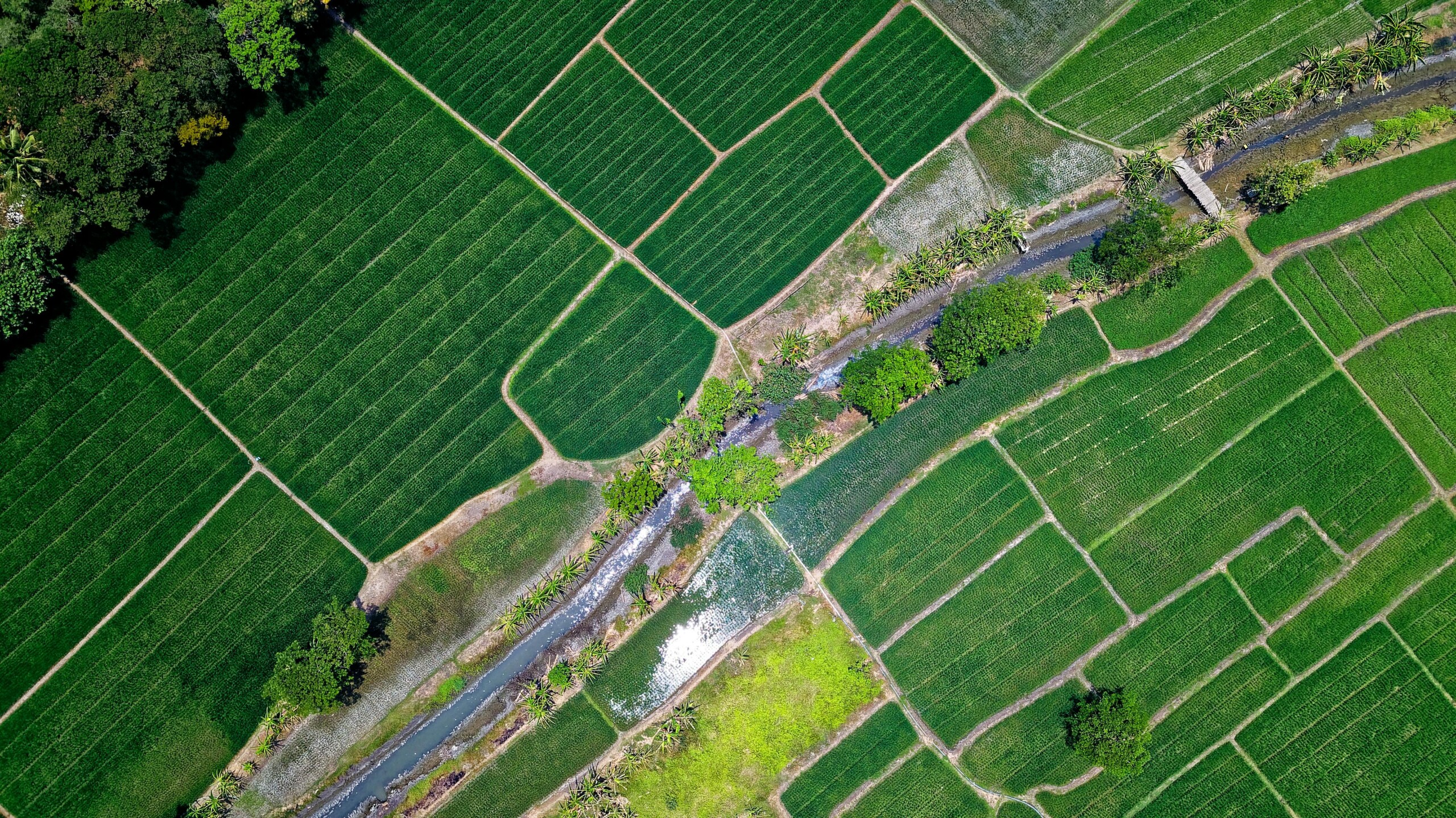For a long time, biodiversity has been the outlier in climate action conversations. While decarbonisation and renewables took centre stage, biodiversity was often an afterthought. However, the urgent need to protect biodiversity is witnessing growing interest as it becomes clear that our natural habitats and ecosystems are critical to all aspects of life, including successful business operations and economic health.
Unfortunately, there remains discord within both the public and private sectors on how to prioritise biodiversity and ensure it becomes a critical part of the climate equation. Positive action and frameworks can help to tackle climate change and biodiversity loss while still fostering economic growth.
[There’s] a moral imperative in how humans should handle and respond to this huge responsibility to life and diversity of life on the planet, says Carlos Manuel RodrÃguez, CEO of the Global Environment Facility (GEF).
Every action should respond to a set of values and principles… The ultimate goal; understanding the political process by which we can help countries solve their set of policies and frameworks where all public and private investments are 100% aligned with the Paris Agreement.
While there’s recognition that this won’t be easy, there is also hope that a shift in how we fund climate action can also support biodiversity. In this article, we explore the biodiversity crisis and the urgent reframing of our financial framework needed to protect nature and our essential ecosystems.
Protecting biodiversity
Our natural habitats and ecosystems are critical for the economic, cultural, and physical health of the planet and its people. Despite their significance, nature is increasingly threatened. In recent decades, human activity has caused a sharp decline in biodiversity. Populations of wild animal species have declined almost 70% since 1970 and just 3% of global land ecosystems remain intact. A study by the Royal Botanic Gardens found that almost 40% of the world’s plants.
In 2022, the UN’s Biodiversity Conference of the Parties agreed on the Kuming-Montreal Global Biodiversity Framework (GBF), a set of ambitious targets to protect and restore nature by 2030. The targets include:
- Bringing the loss of high biodiversity areas close to zero, while respecting the rights of indigenous peoples and local communities
- Ensuring that at least 30% of degraded terrestrial, freshwater and marine ecosystems are under effective restoration
- Protecting at least 30% of the world’s land and sea area
- Taking measures to encourage all businesses to monitor, assess and disclose their nature-related risks, dependencies and impacts
- Mobilising $200bn in funding per year for biodiversity, including payments for ecosystem services, green bonds, and biodiversity credits
New developments like targets put in place by the GBF and the TNFD, are providing clearer pathways and frameworks for how organisations and governments can invest and track their impacts on nature.
Despite these advancements, there is still a way to go for both public and private bodies to shift their thinking, transform policy, and reconsider how they invest in nature-positive strategies.
How public and private bodies can take action
Nature-positive action can help combat climate change and biodiversity loss while ensuring economic growth.
It’s not only now about governments – what governments can do, even though we know they are the major player in this game, says Mariana Bellot, Senior Technical Advisor, The Biodiversity Finance Initiative (BIOFIN). But now we know that if we don’t bring in stakeholders from the finance sector, from the whole economy that we live in, local communities, indigenous peoples, we will fail in this task of saving biodiversity.
Actions to start this monumental shift, as noted in the It’s Possible podcast, episode 2, include:
- Implementing comprehensive strategies to ensure successful transitions to net-zero-carbon and climate-resilient economies. While governments are key players, stakeholders from the finance sector, industry, local communities, and indigenous groups must also be actively involved. Biodiversity considerations should be mainstreamed across various sectors.
- The health of ecosystems directly impacts both human survival and corporate profits. Recognizing our interdependence with nature is essential. We need to rewire financial systems to embrace a holistic approach that encompasses all sectors in the transition toward a sustainable future.
- Investing in nature is not only an ethical responsibility but also a smart economic decision. There is a moral imperative to how humans should handle the responsibility to guarantee the existence and diversity of life on the planet.
There are tonnes of ways that we as financial decision-makers should be learning much more from the guardians of biodiversity – the landscape communities, says Laura Ortiz Montemayor, Chief Purpose Officer of SVX, Mexico.
[They] are really the ones we should be looking up to and have much more decision making in their hands, instead of all this decision making that is very centralised and has been taken away from the people who actually guard biodiversity.
A holistic view of climate and biodiversity
Addressing the pressing issues of biodiversity loss and climate change requires a collaborative effort between governments and private companies. Governments play a pivotal role in setting policies, regulations, and international agreements that prioritise conservation efforts and net-positive climate actions.
Simultaneously, private companies hold significant power in implementing nature-positive business operations and investing in biodiversity preservation and restoration on a large scale. By working together, governments and private companies can create synergistic approaches that not only safeguard our planet’s biodiversity but also mitigate the impacts of climate change.
What we’re seeing is that most financial decision-makers lack an ecological understanding, says Laura. We are not seeing biodiversity as the ultimate investment opportunity. And we need to reframe it as our only life insurance.
Dulra is developing a cutting-edge AI data management platform designed to help nature-based solution projects secure funding by converting raw ecological, climate and socio-economic data into actionable reports for funders. Learn more.






